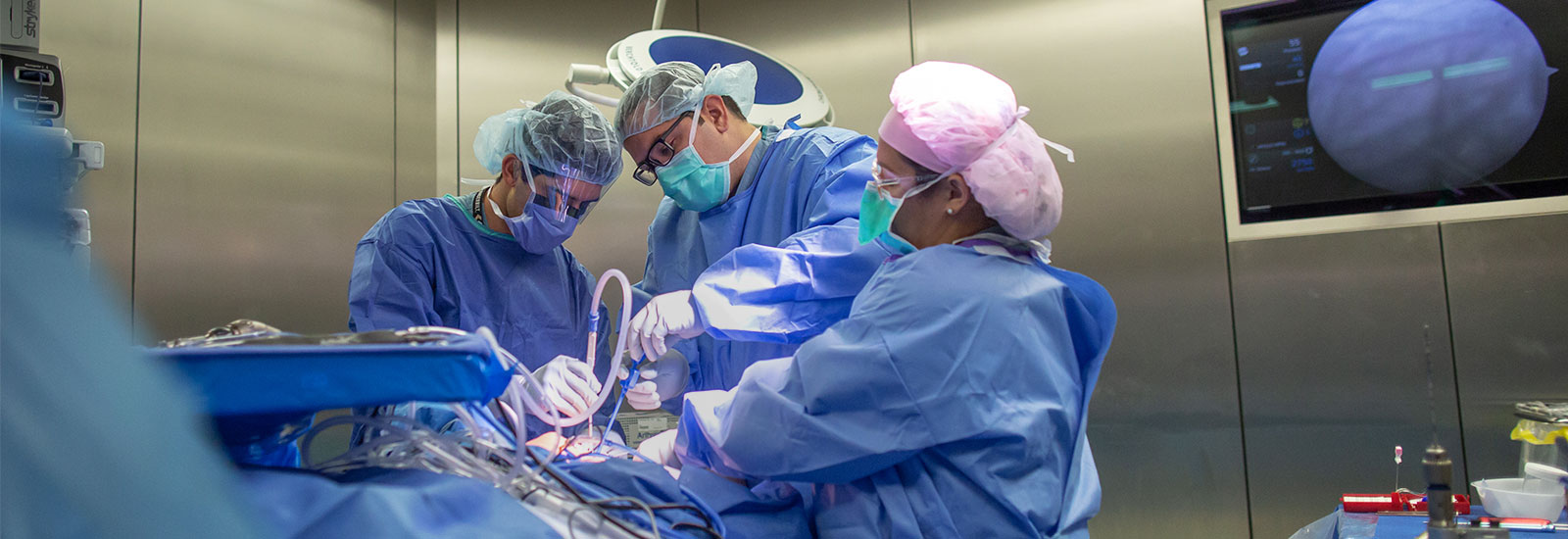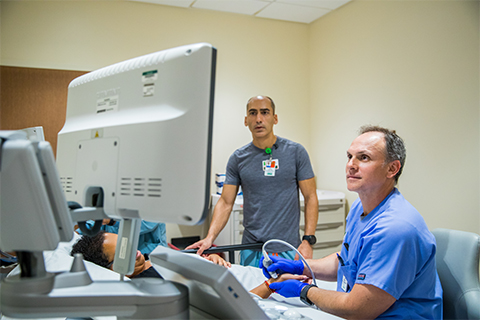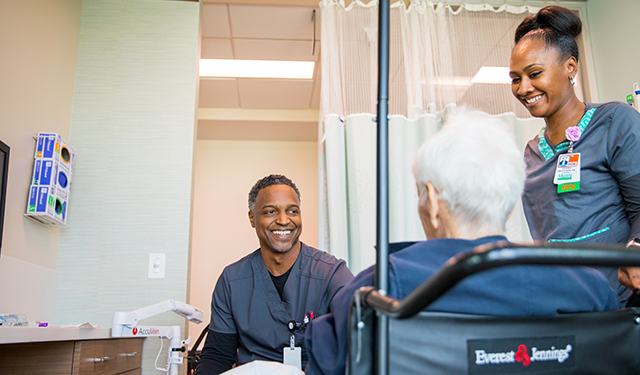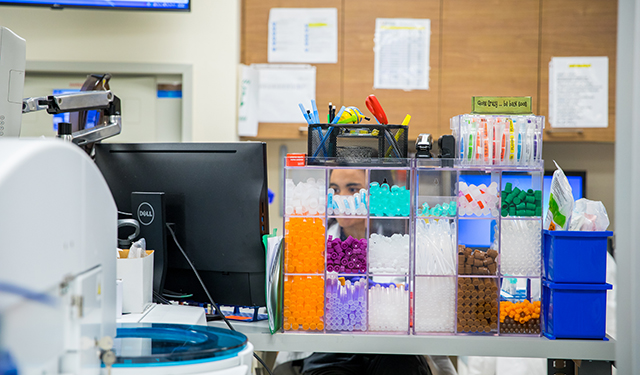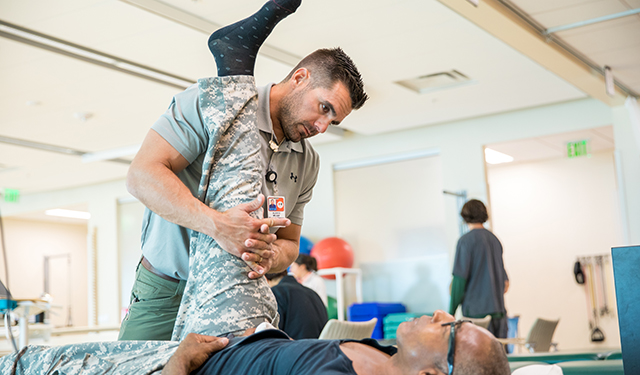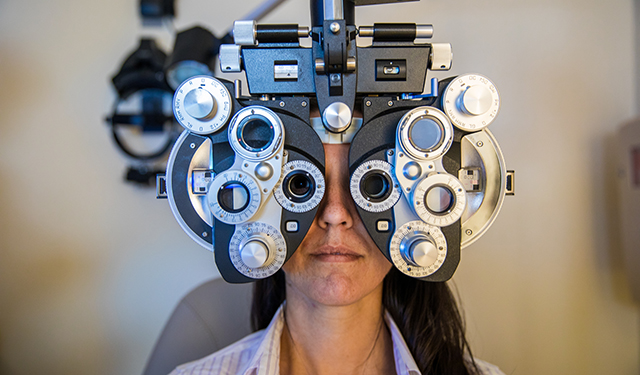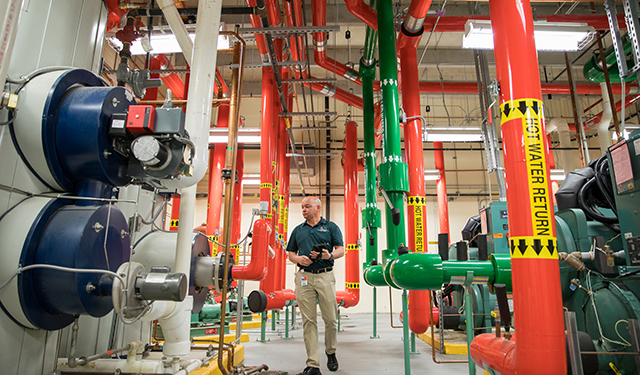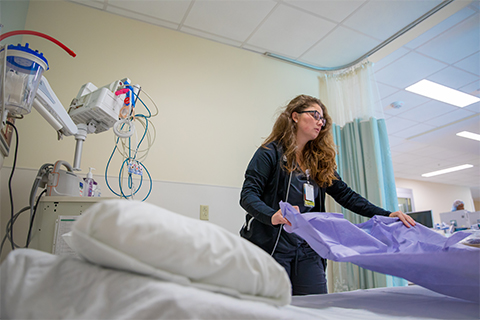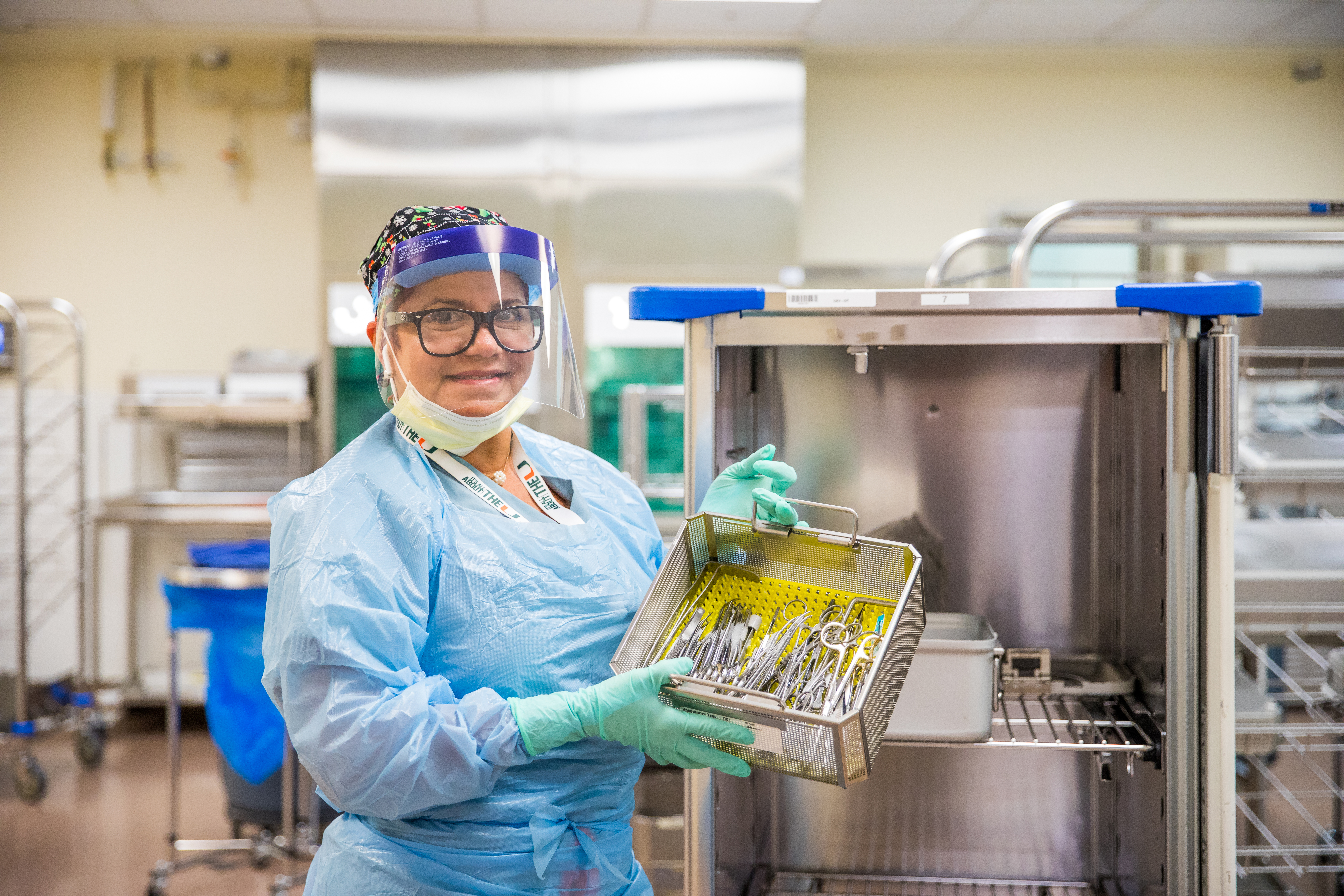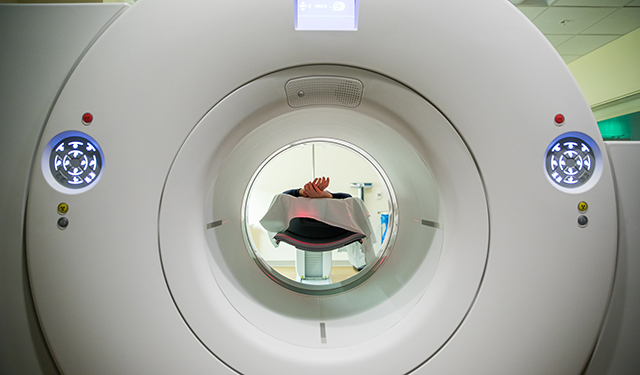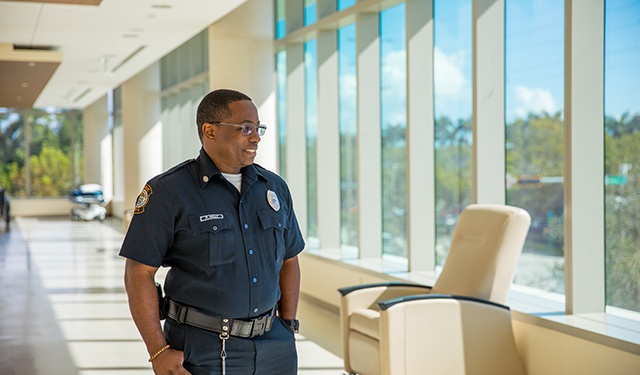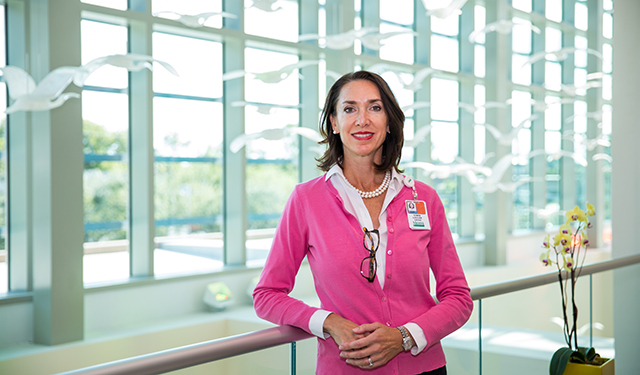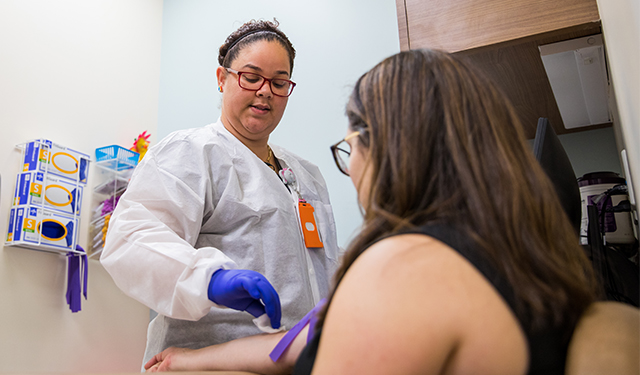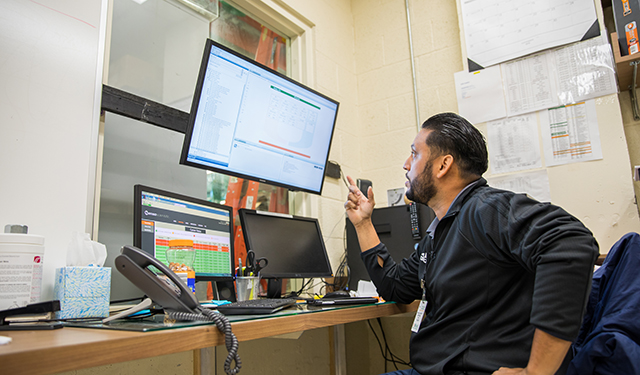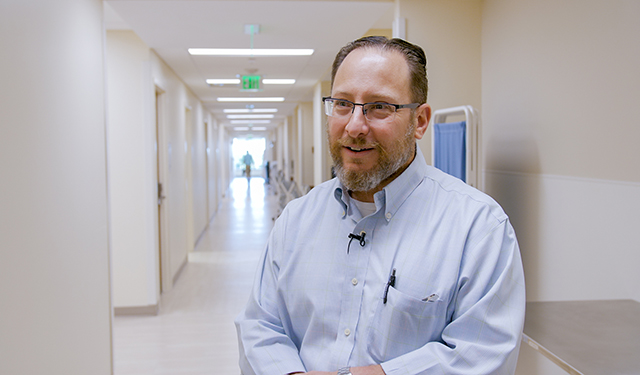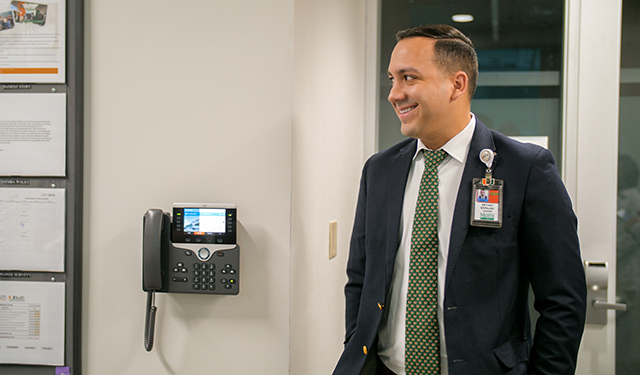Nobody wakes up wanting to go to the doctor, and so facilities, such as Lennar, must manage not only patients’ medical needs but, as importantly, their anxieties and even fear.
Tasked with creating a world-class medical facility, one that would be sustainable and, ultimately, replicable, administrator Riestra examined the “customer-first” hospitality focus of the airlines and hotel industries for insights and a new approach. Yet in many ways it was his own personal hospital experience that planted the seed for what Lennar has become.
Several years ago, Riestra’s 14-year-old son was battling leukemia, and the family was often stressed and anxious to make medical appointments.
“We were so often late, rushing out the door with no time for breakfast and then to get there and to find—coffee and bagels waiting,” he remembers. “It was that and the many little things that the hospital did for us that were so important at the time.”
Attention to those little things, a dedication to treating patients with dignity and empathy, and encouraging staff and providers to show up, speak up, take chances, and innovate help to create a unique workplace culture that is the heart of Lennar’s success.
“We like to say that we work on Lennar and not at Lennar—and that’s to quote Gustavo Fernandez, our chief medical officer,” Riestra says. “And that’s what this is all about.”
Contributing to this Special Report:
Videographers/photographers: Evan Garcia, Mike Montero, T. J. Lievonen, Diego Meza-Valdes
Writers/editors: Jennifer Palma Sanchez, Brittney Bomnin, Lorena Lopez, Charisse Lopez-Mason



